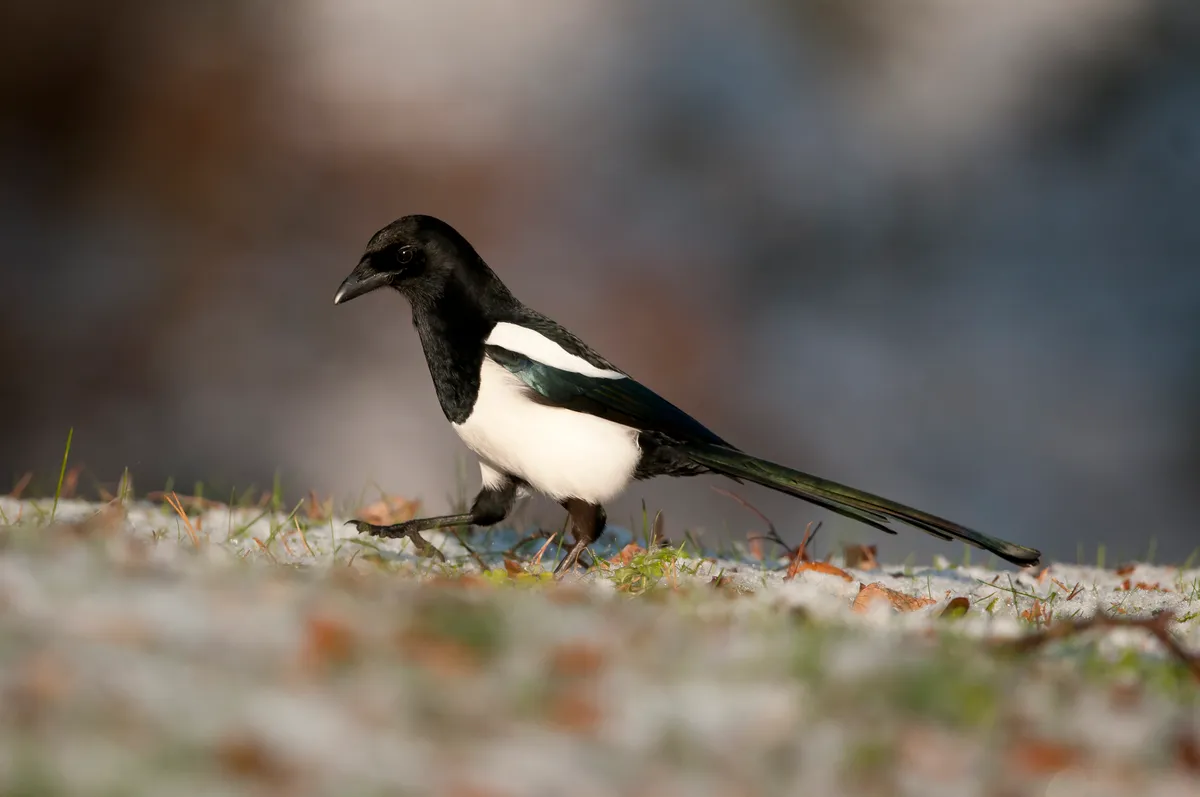The UK's largest garden based citizen science project, the annual RSPB Big Garden Birdwatch returns on 27th-29th January 2023. Find out how to take part and birds to spot in your garden this winter with our birdwatch guide.
Since the Birdwatch began in 1979, more than 137 million birds have been counted across the UK, with avid birdwatchers spending 9 million hours recording their garden birds. The conservation charity says this has helped provide valuable insight on how species are faring.
In 2020, nearly half a million people took part, counting almost eight million birds over the weekend.
You may be interested in finding out more about attracting birds to your garden, the best feeds for garden birds and the best garden bird feeders.
What is the Big Garden Birdwatch?
2023 marks the 44th RSPB Big Garden Birdwatch, which sees keen birdwatchers across the UK join the largest garden wildlife citizen science project by spending one hour tracking the birds they see in their gardens.
During that time, across the UK hundreds of thousands of people have volunteered their time.
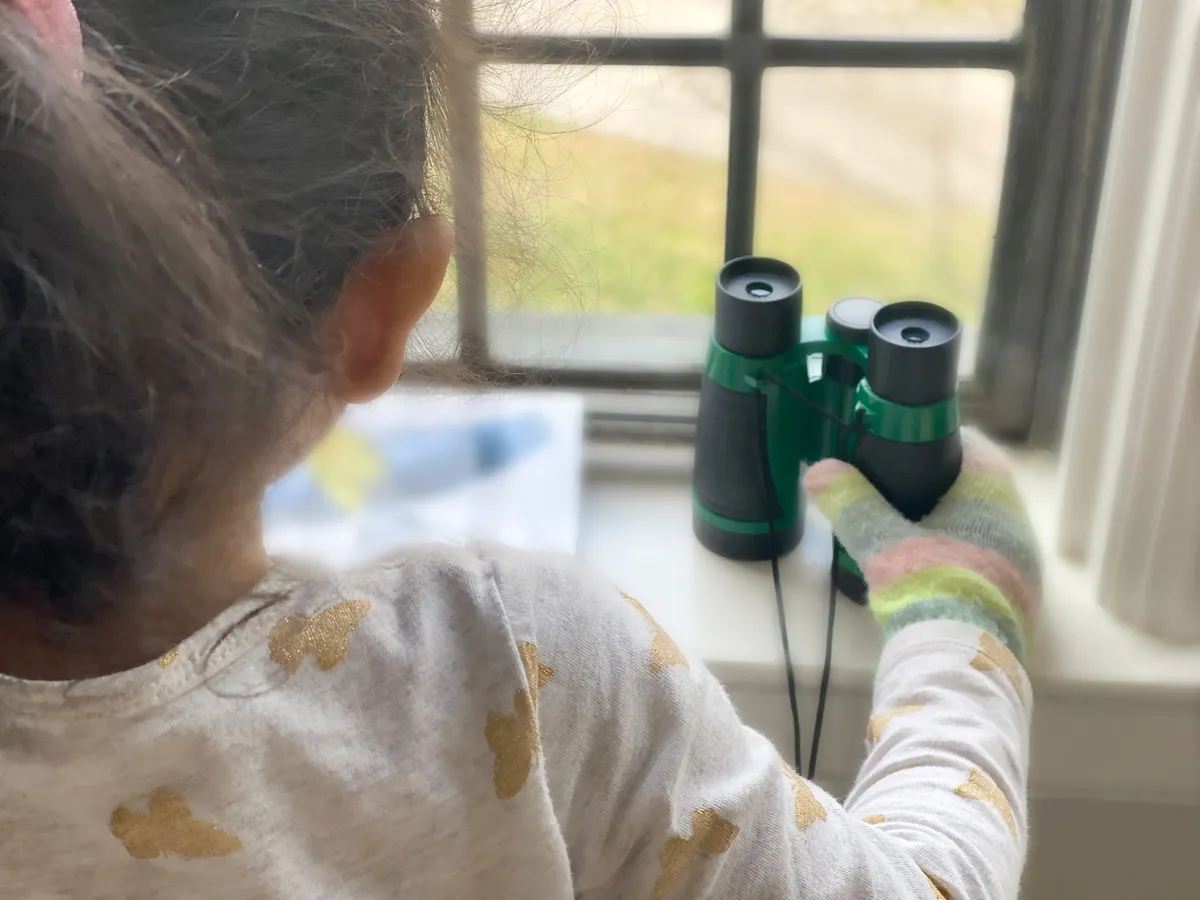
Why take part in the Big Garden Birdwatch?
Not only is it a great way to enjoy a spot of warm, winter birdwatching but it is also a vital opportunity for the RSPB to keep tabs on the population of British birds.
Since the Big Garden Birdwatch started in 1979, numbers of many species have been on the decline. These studies offer a chance to find out which species are struggling and perhaps provide clues as to why, and how they can be protected.
It also supplies conservationists with data tracing those birds that are doing well.
Birds such as the house sparrow, song thrush and starling have drastically declined since the late 1980s, while collared doves, woodpigeons and coal tit numbers have increased.
The house sparrow remained at the top of the Big Garden Birdwatch rankings as the most commonly seen garden bird with more than 2.6 million recorded sightings in 2021.
The Big Garden Birdwatch is great activity for children to take part in, and can be a good way to introduce them to garden wildlife, how to identify species, and to taking part in citizen science surveys.
How to take part in the Big Garden Birdwatch
This year’s event takes place on 27th-29th January 2023. The public is asked to spend just one hour watching and recording the birds in their garden or local green space, then send their results to the RSPB.
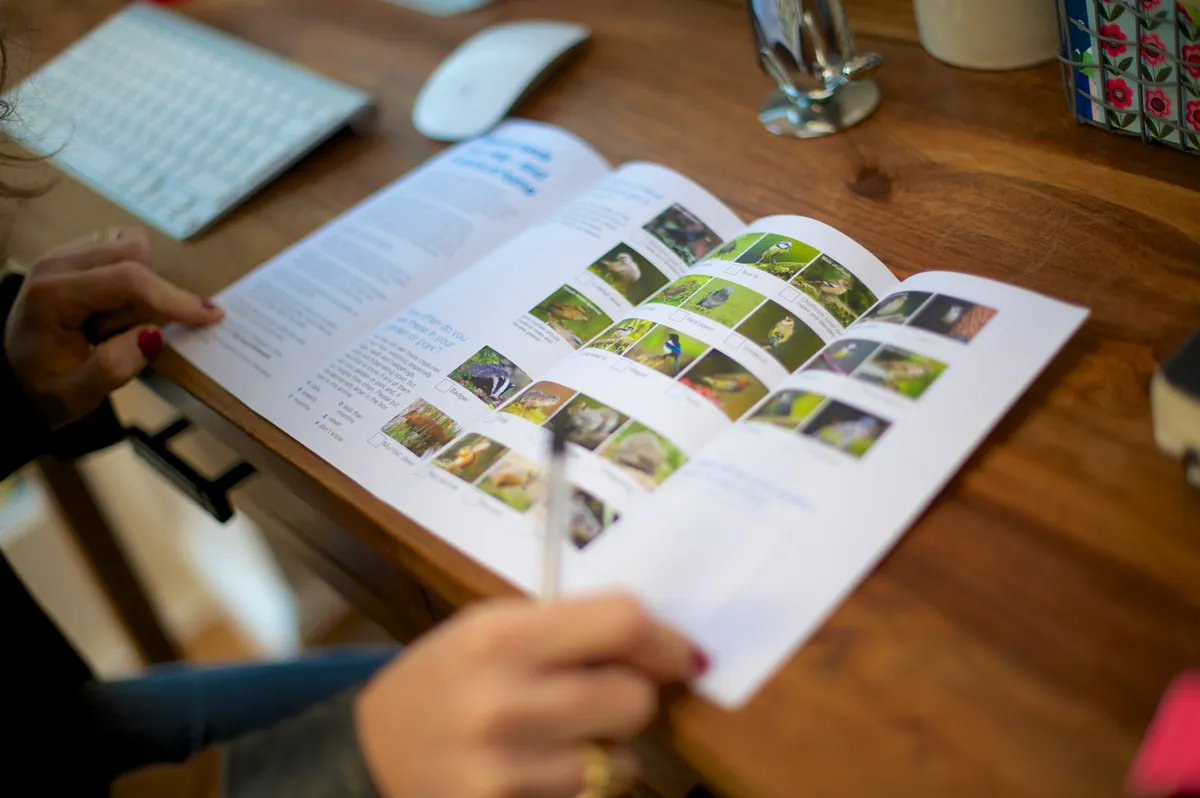
To take part in the Big Garden Birdwatch 2023, watch the birds in your garden or local park for one hour at some point over the three days. Only count the birds that land, not those flying over. Record the highest number of each bird species you see at any one time – not the total you see in the hour.
How to submit your sightings from the Big Garden Birdwatch
Once you have recorded the birds that make a visit, submit your results online at rspb.org.uk/birdwatch
Beccy Speight, the RSPB’s chief executive, said: “We know that for many people, garden birds provide an important connection to the wider world and bring enormous joy. Lockdown brought few benefits, but the last year has either started or reignited a love of nature for many people. There has been a broad and much-needed realisation that nature is an important and necessary part of our lives especially for our mental health and wellbeing. But nature needs us too.”
“By taking part in the Birdwatch, you are helping to build an annual snapshot of how our birdlife is doing across the UK. It is only by us understanding how our wildlife is faring that we can protect it. We know that nature is in crisis but together, we can take action to solve the problems facing nature.”
As well as counting birds, participants are once again asked to log some of the other wildlife they have seen throughout the year. Some of the other wildlife participants may have seen over the last year include foxes, hedgehogs, or red squirrels. Across the UK just 6% of those taking part had seen a red squirrel in their garden in the past year, while in Scotland 37% reported they had.
RSPB Big Schools' Birdwatch
The parallel event RSPB Big Schools’ Birdwatch takes place during the first half of spring term. Since its launch, over a million school children and teachers have taken part. Further information can be found at www.rspb.org.uk/schoolswatch
For your FREE Big Garden Birdwatch guide, which includes a bird identification chart, top tips for your birdwatch, RSPB shop voucher, plus advice on how to help you attract wildlife to your garden, text BIRD to 70030 or visit www.rspb.org.uk/birdwatch
How birds are faring
For four decades, Big Garden Birdwatch has highlighted the winners and losers in the garden bird world. The house sparrow remained at the top of the Big Garden Birdwatch rankings as the most commonly seen garden bird with nearly 1.3 million sighted in 2020. The starling held down the second spot once more, with the blue tit completing the top three.
While house sparrows and starlings may be the UK’s most commonly sighted birds, a closer look at Big Garden Birdwatch data shows that numbers have in fact dropped dramatically since the Birdwatch began in 1979. House sparrows are down 53% while starlings are down 80%. It’s a pattern echoed by two more garden favourites, with blackbirds and robins down 46% and 32% respectively.
It was one of the first surveys to alert the RSPB to the decline in the number of song thrushes in gardens. This species was a firm fixture in the top 10 in 1979 but 30 years later its numbers are less than half those recorded in 1979. By 2019, numbers of song thrushes seen in gardens have declined by 76%, coming in at number 20.
The top 10 birds in the RSPB Big Garden Birdwatch 2020
Rank. Species – average per garden (% of gardens species recorded in 2020)
House sparrow – 4.7 (64)
England’s house sparrow population fell by 70% between 1977 and 2016, and have declined in gardens since BTO Garden Birdwatch began. Although reasons behind this decline are not known, the availability of food and nest sites in urban areas is thought to be a significant contributing factor, and one study showed that 74% of the house sparrows tested in London carried avian malaria. Read our guide to house sparrow.
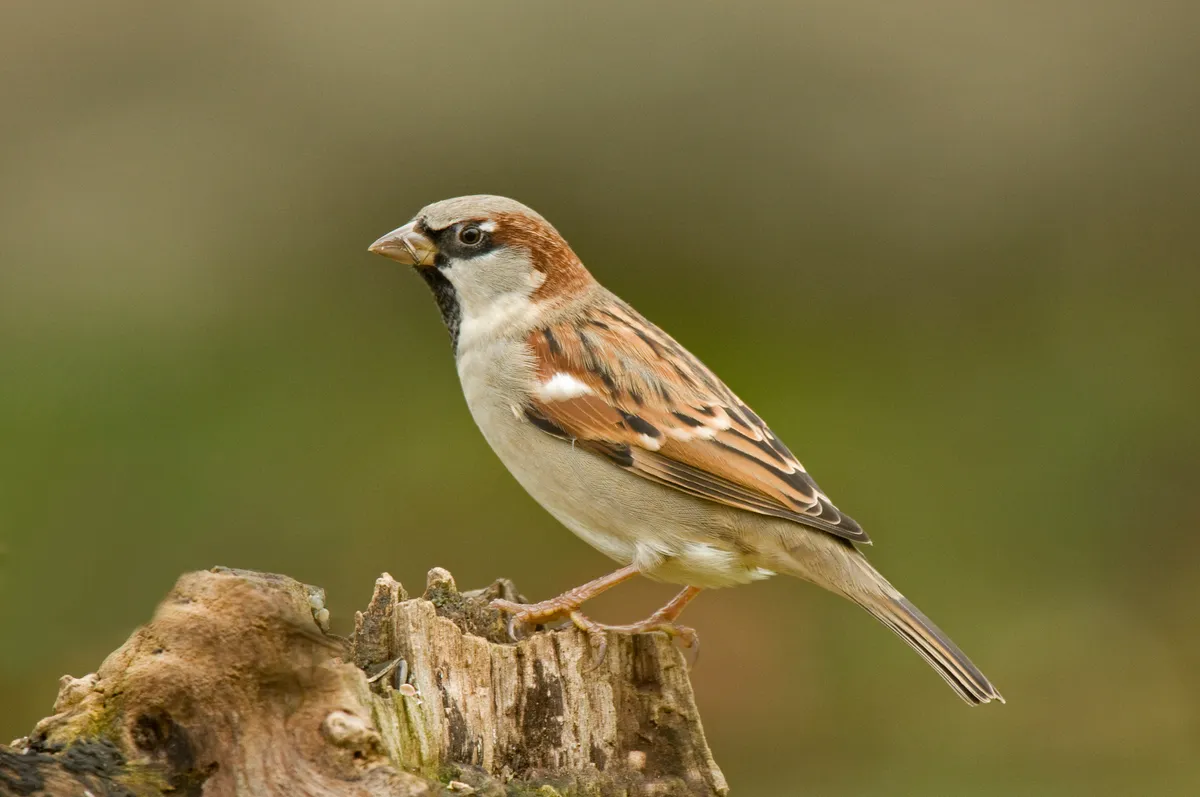
Starling – 3.0 (38)
Quite a few garden birdwatchers complain about starlings because they seem to clean out a feeding station in minutes. Starlings do this as they evolved to feed quickly in flocks, rather than because they are greedy. It’s not their fault but it can get expensive so if this is a problem, try providing food, especially fat products, in feeders that exclude larger birds. Learn more at our starling fact file.
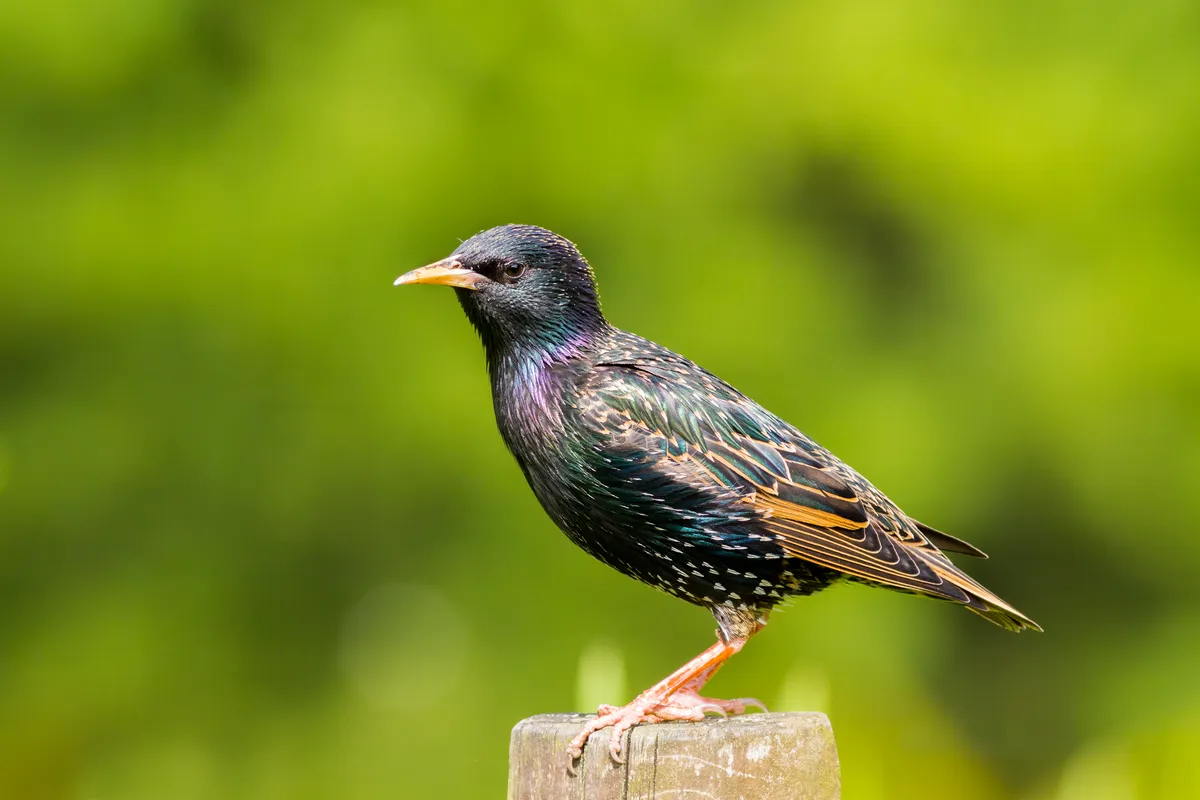
Blue tit – 2.9 (80)
With their smart blue caps, yellow breasts and white cheeks, blue tits are one of our most colourful garden visitors. They are also wonderfully acrobatic – clinging, swinging and pecking for food at remarkable angles on bird feeders. Find out more about blue tits.
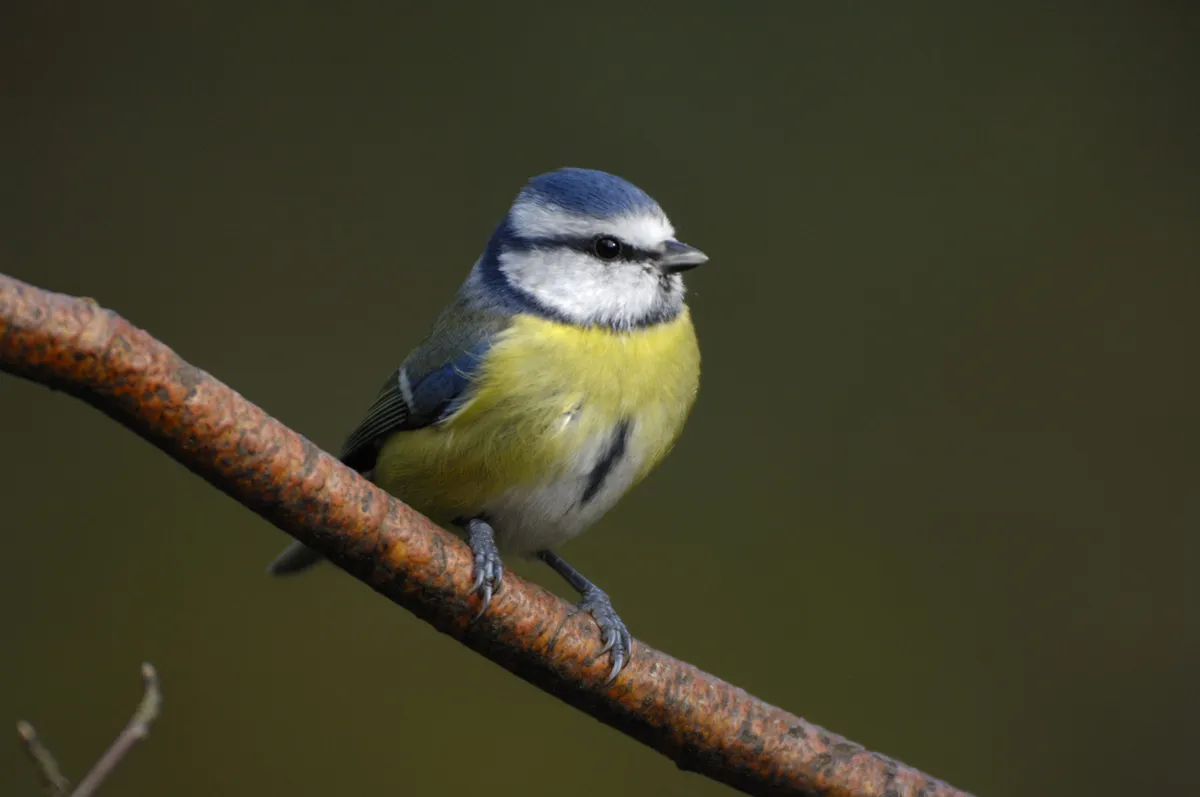
Woodpigeon – 2.3 (76)
Woodpigeons have increased in gardens since Garden BirdWatch began. The availability of additional nest sites and supplementary food in gardens are thought to be contributing factors to this increase. Read our woodpigeon guide here.
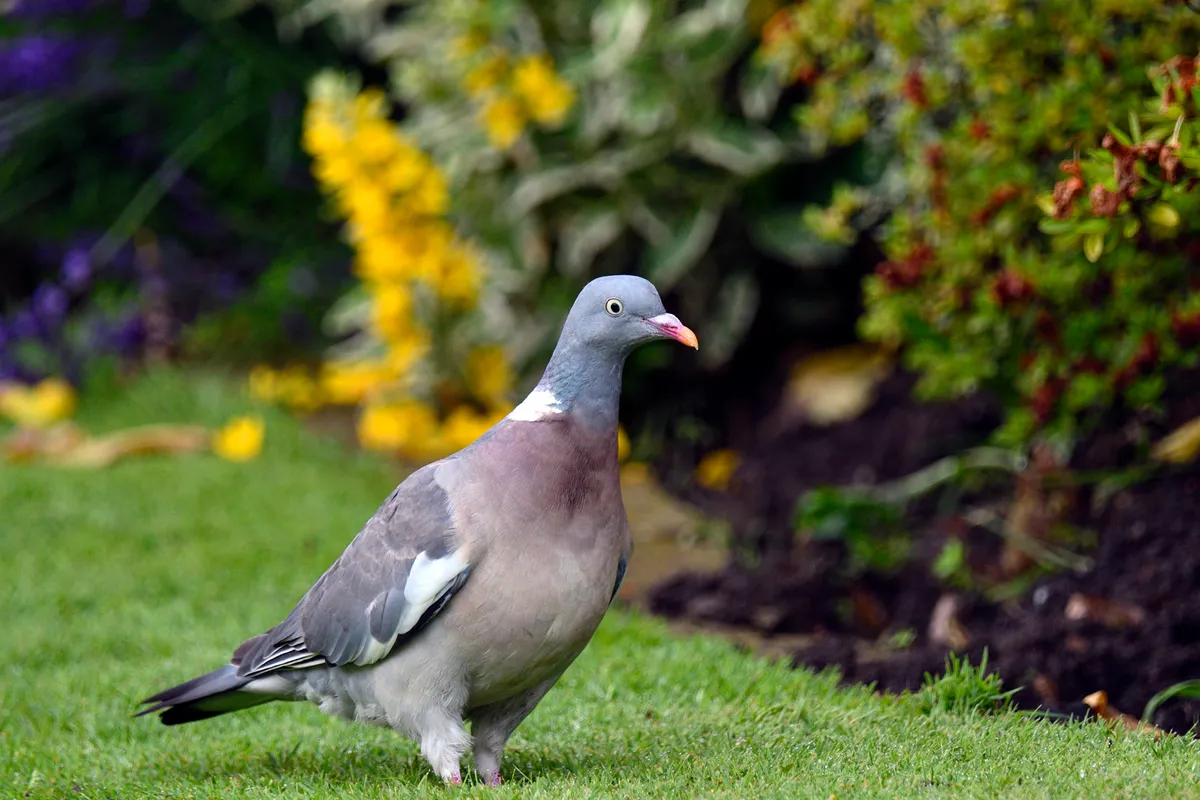
Blackbird – 2.1 (85)
The common blackbird is also known as the Eurasian blackbird, particularly in North America, in order to distinguish it from the unrelated New World blackbirds. In the UK, it is usually just to referred to as the blackbird. Learn more about this species in our expert guide.
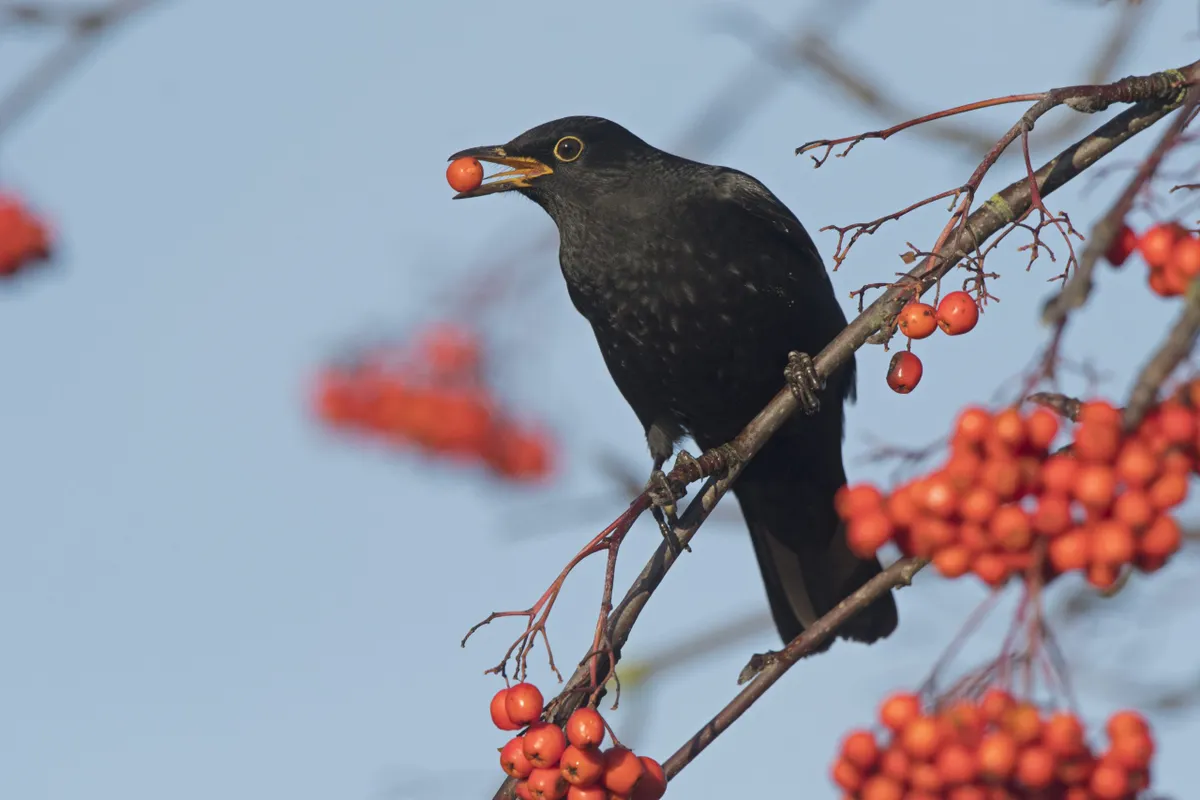
Goldfinch – 1.7 (32)
With their crimson faces, golden wing bars and bubbling twitters, goldfinches are a visual and auditory delight. During late winter, when such vibrancy remains a scarce commodity in gardens, goldfinches bring welcome glamour and excitement. Read more about goldfinches here.
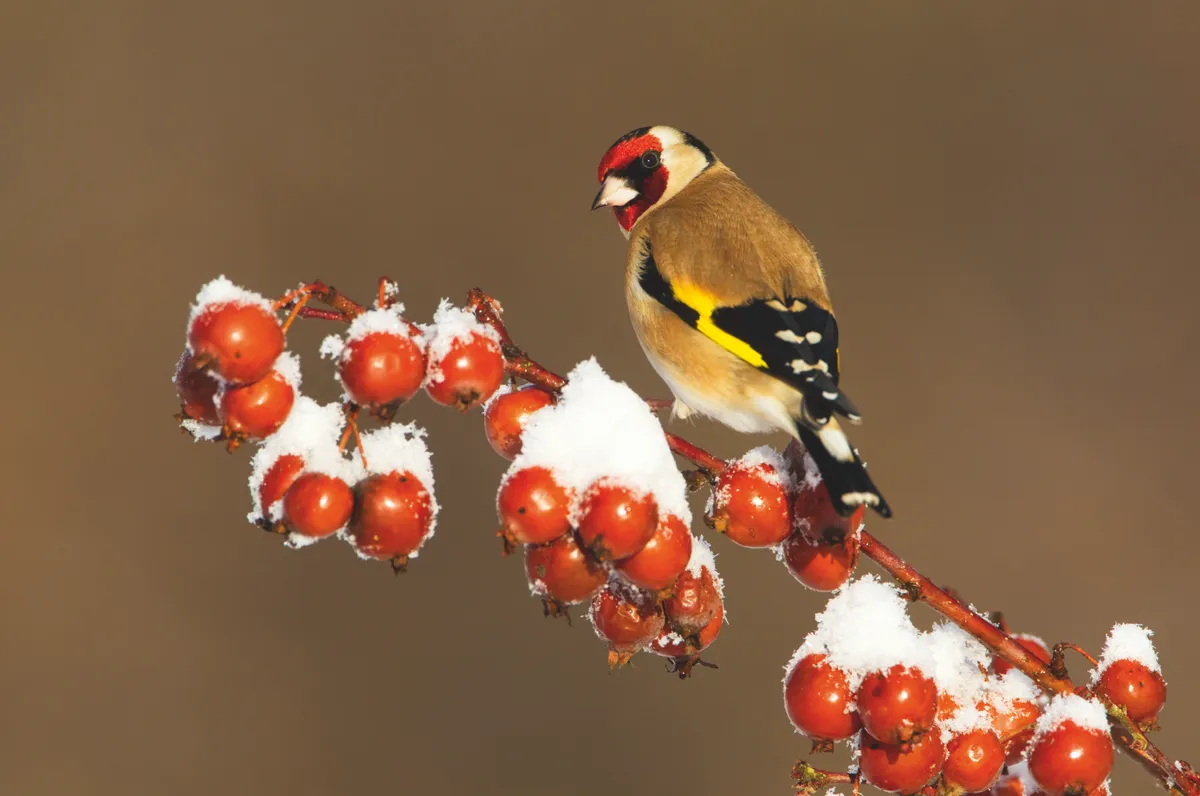
Great tit – 1.5 (58)
Great tits are relatively easy birds to identify, although at first glance, you may confuse them with other tits. They have a black head and chin, white cheeks and a yellow breast. The key marking to look out is the black stripe running down their front. This is how you can identify the sex of the bird. Discover more about the great tit.
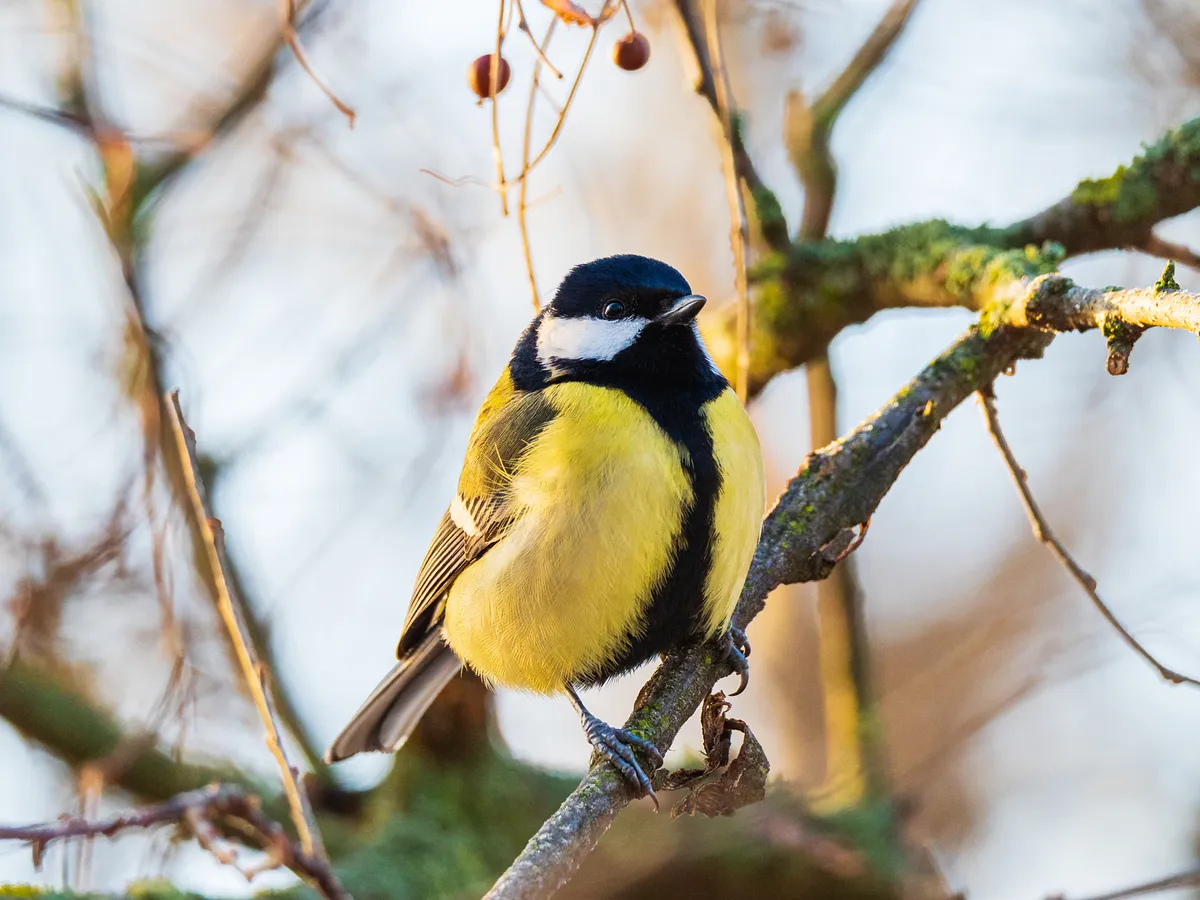
Robin – 1.4 (83)
Learn about robins, Britain's unofficial national bird, with our expert guide, including where robins nest, what they eat and how to attract them to your garden.
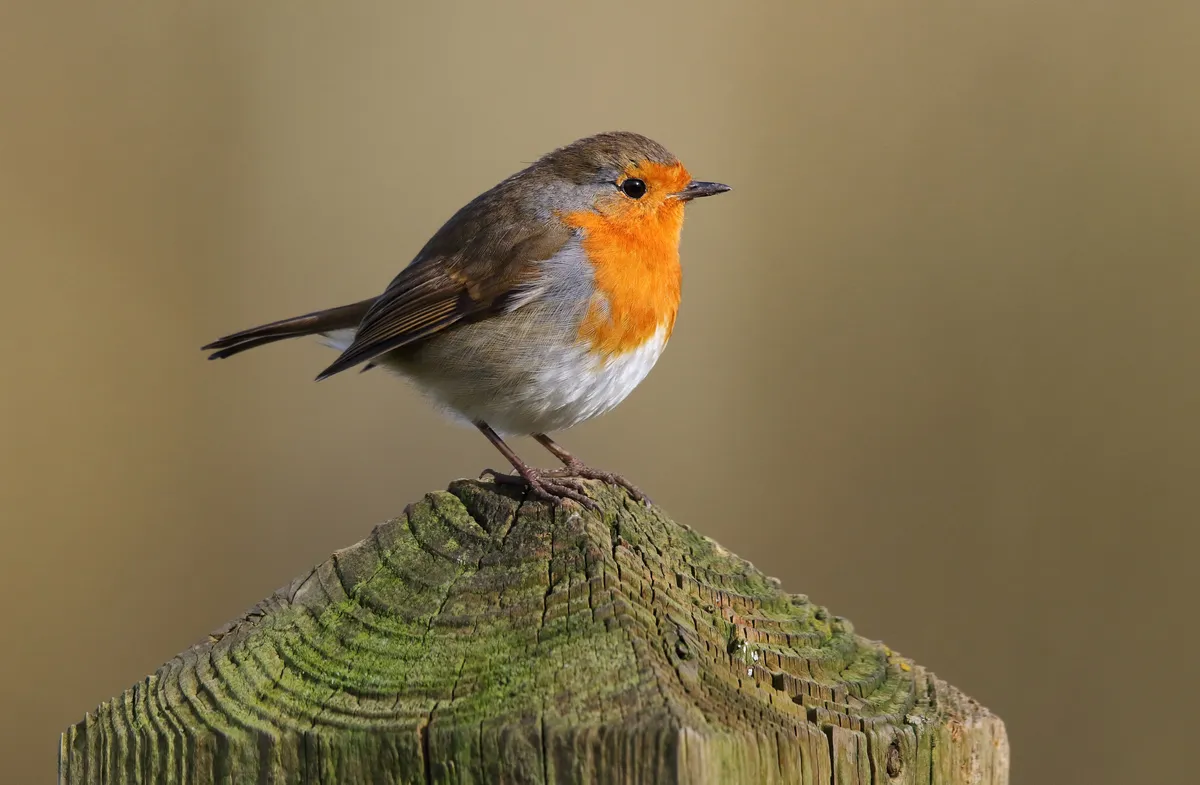
Long-tailed tit – 1.3 (30)
Few garden birds are more exquisite than the long-tailed tit. But for their disproportionately long tails, which slightly exceed the length of the rest of their bodies, these birds are truly tiny. Balls of these tumbling, see-sawing birds bounce from one garden to the next during winter, their high-pitched, rolling si-si-si-si-si calls, punctuated with more percussive, clipped notes, announcing their arrival. Learn more about these charismatic birds in our expert guide.
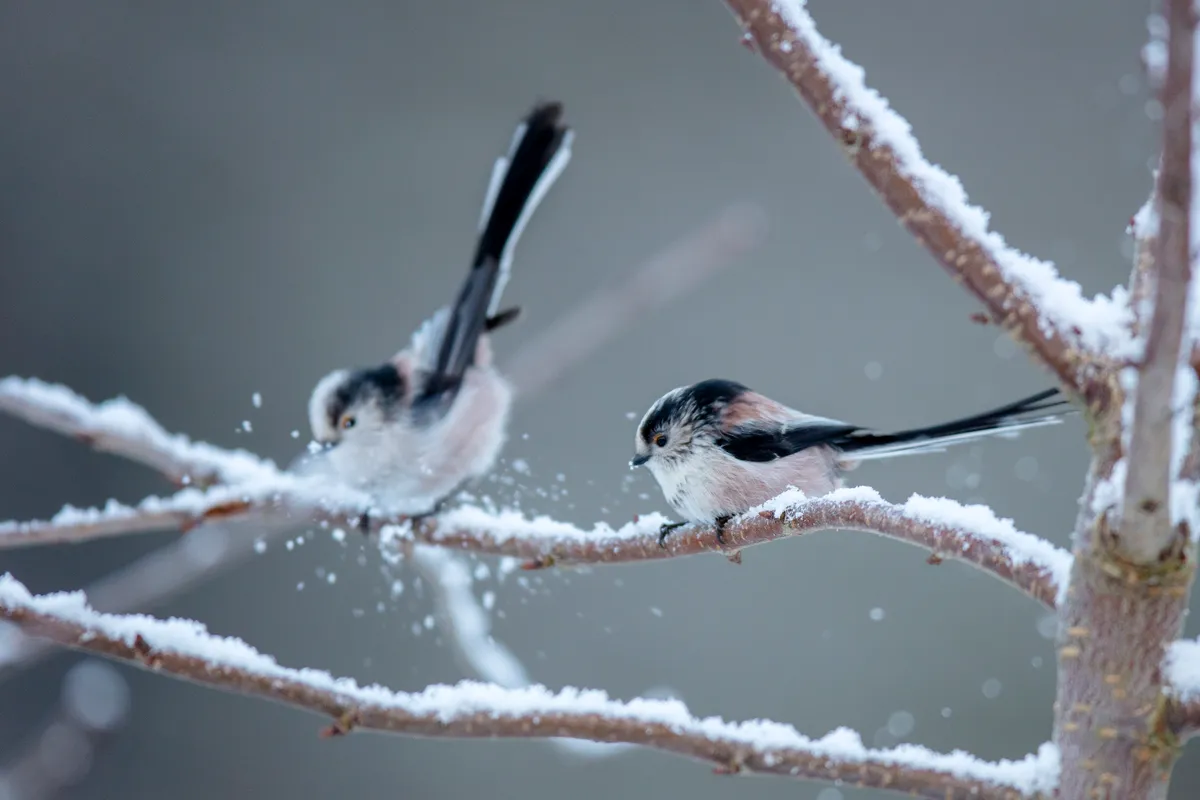
Magpie – 1.2 (55)
Magpies are one of eight species of corvid found in the British Isles. Learn how to identify them using their key features, and which species can be seen where.
